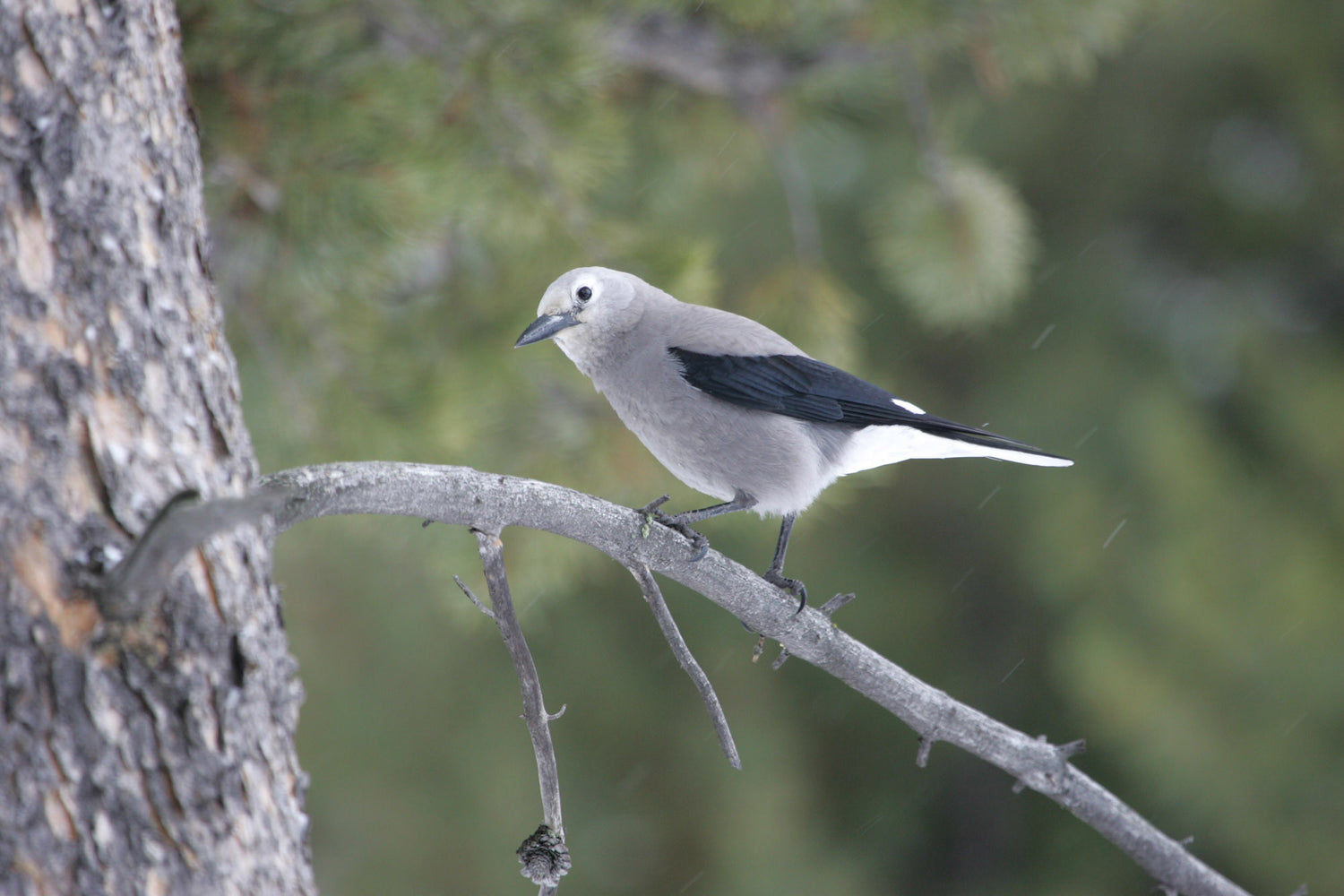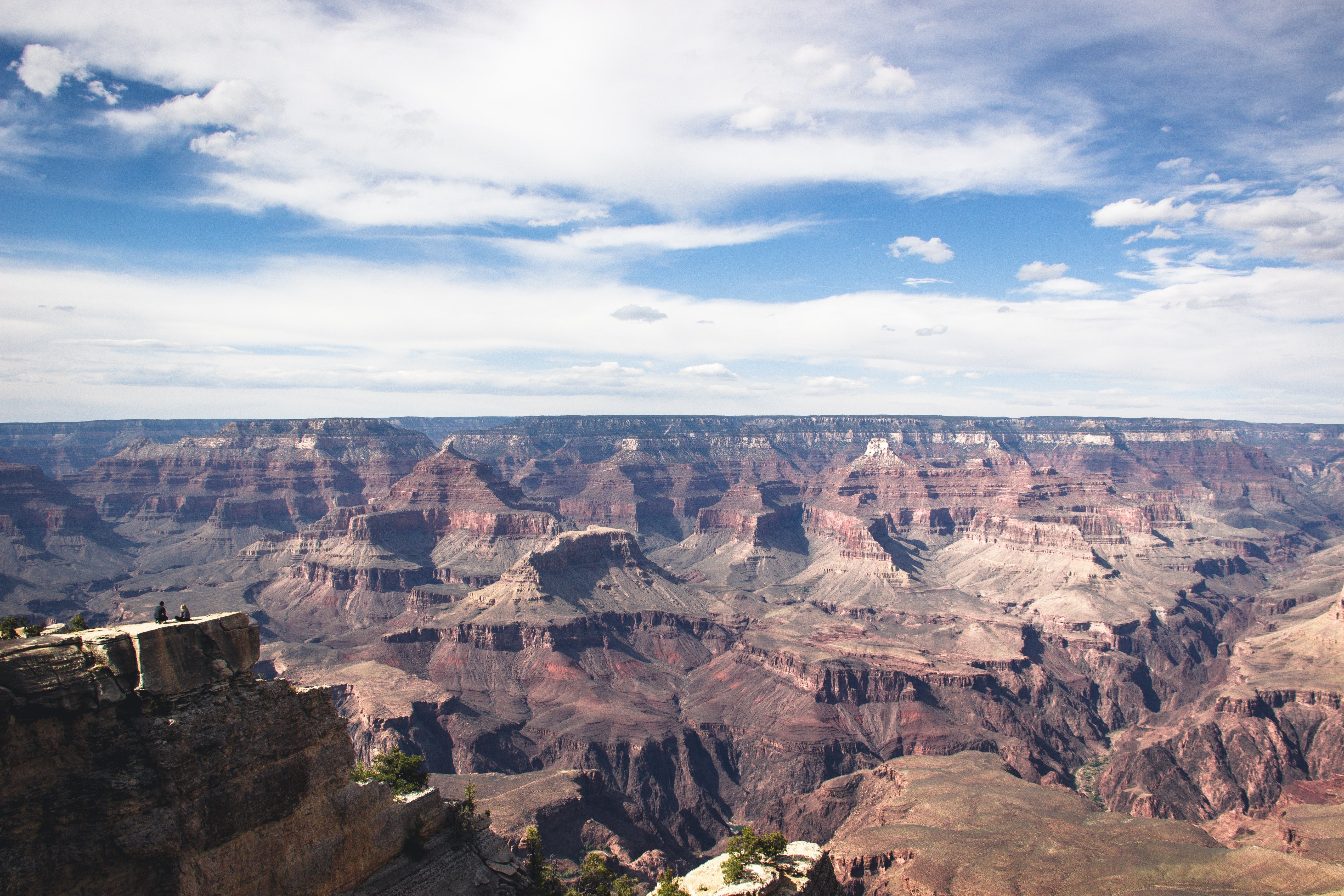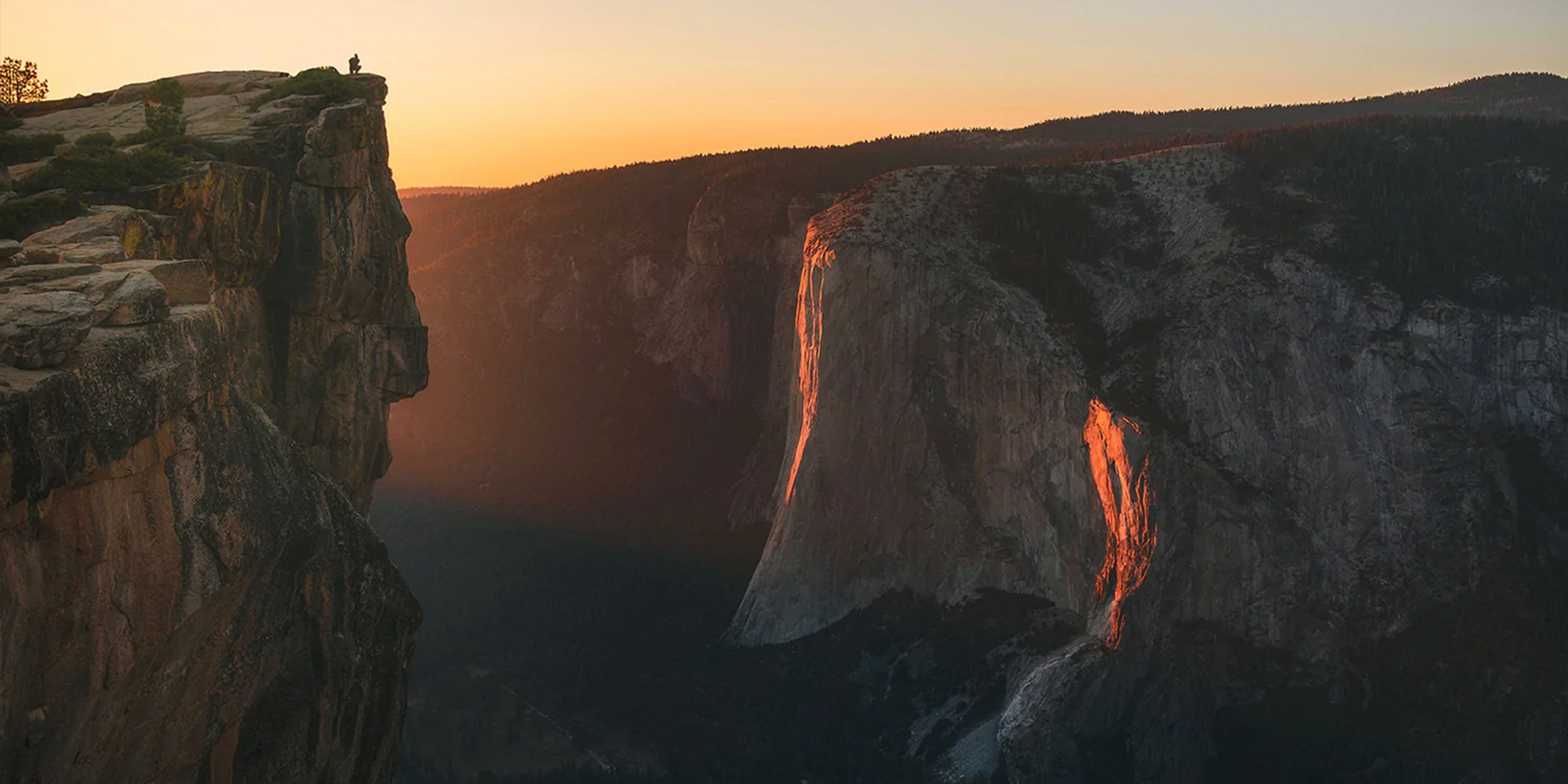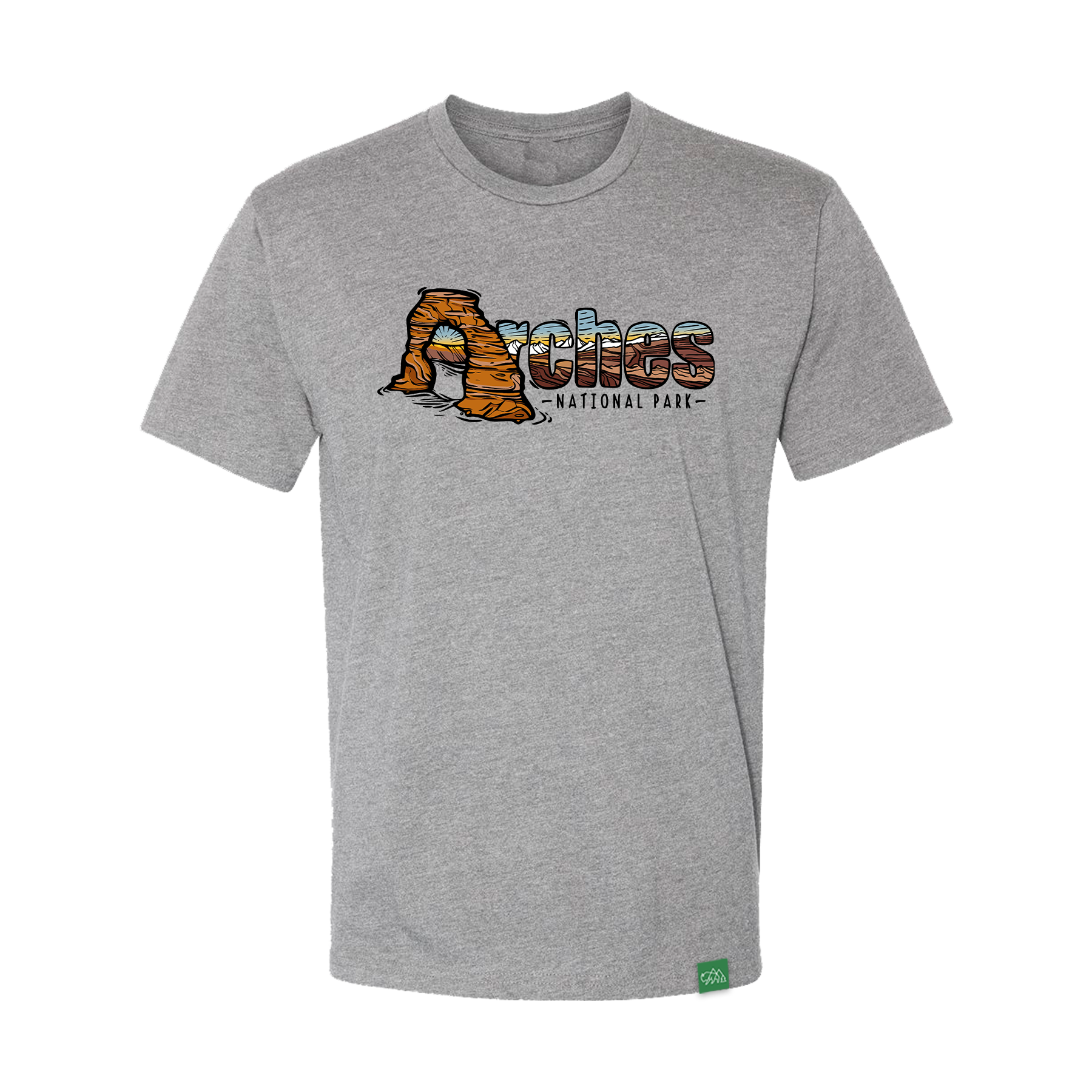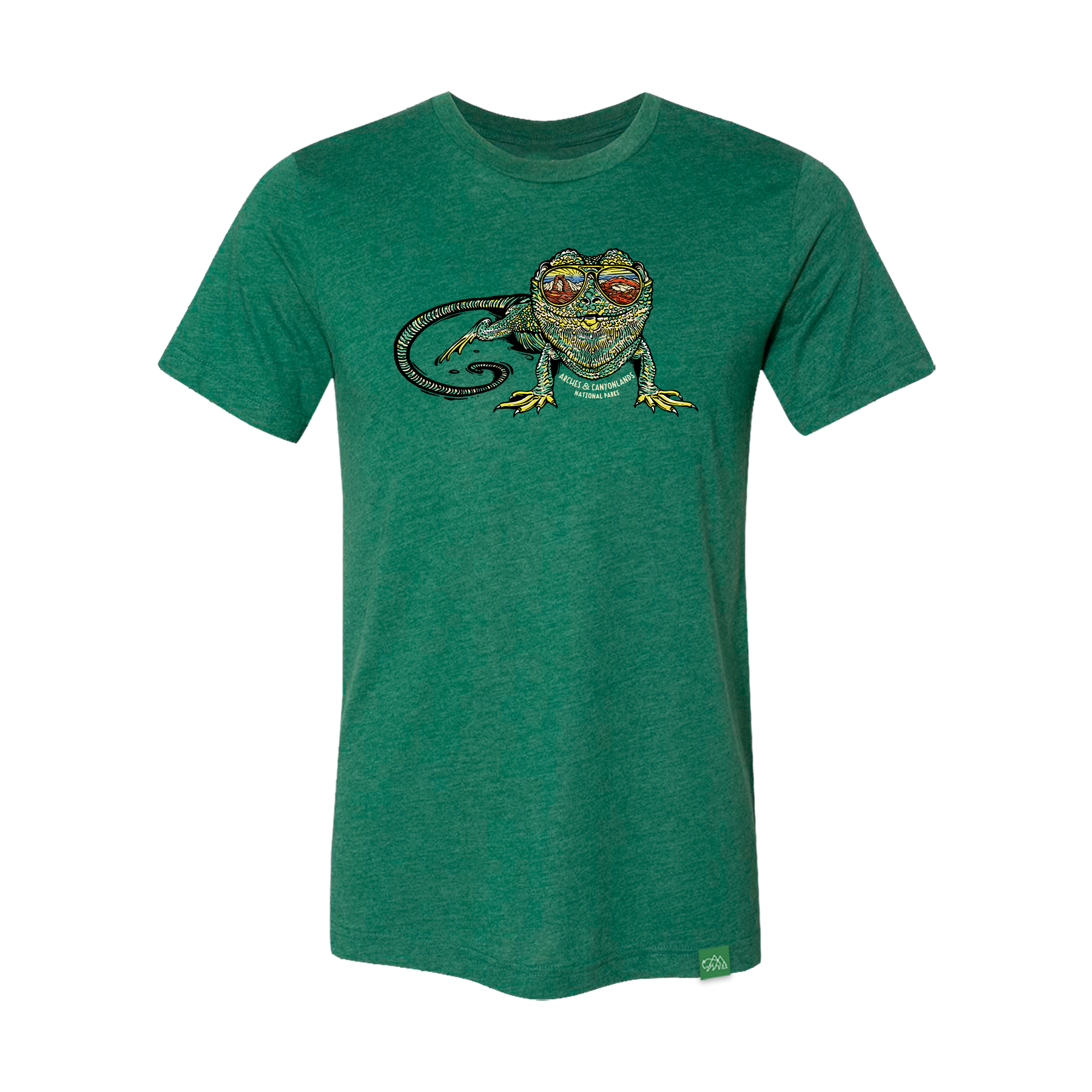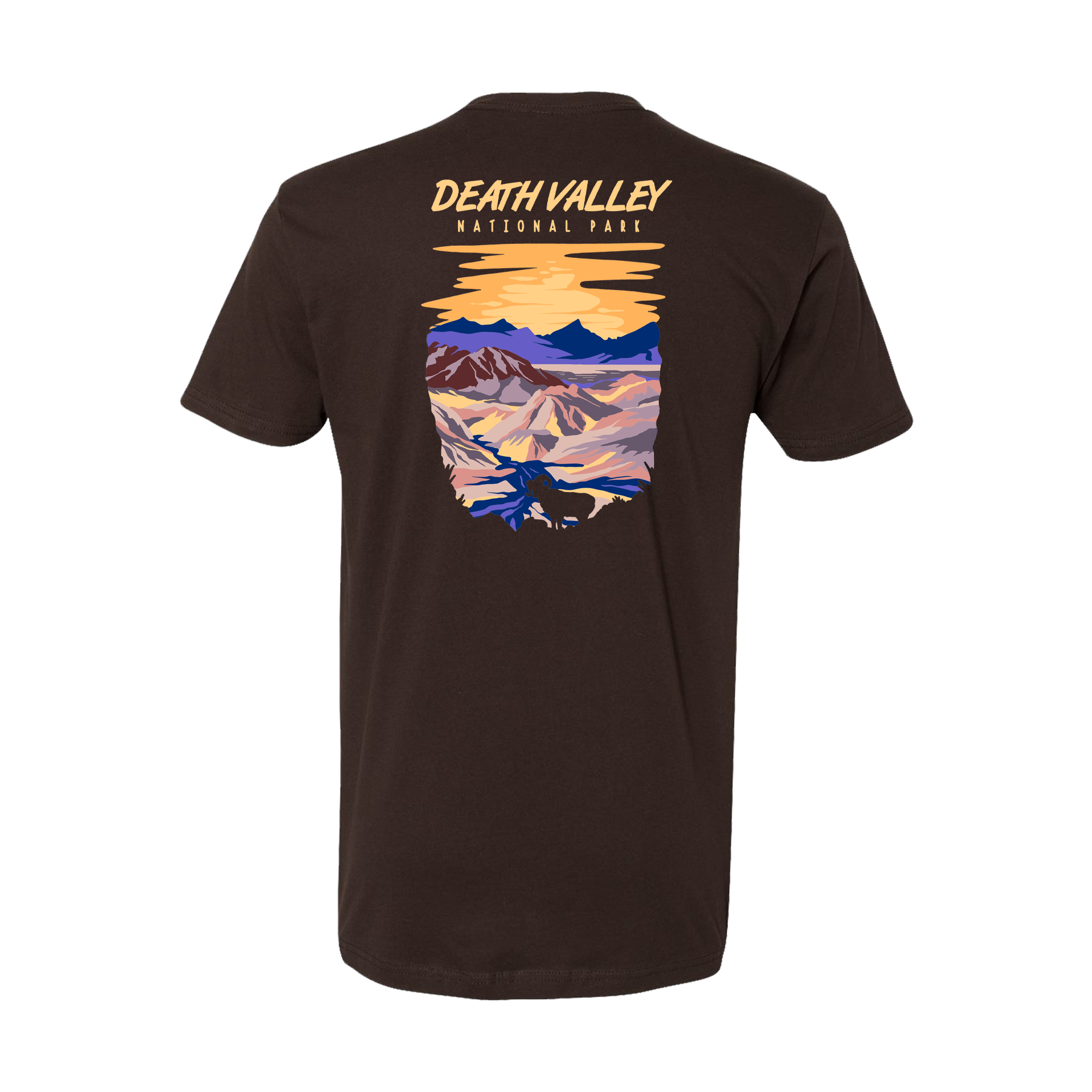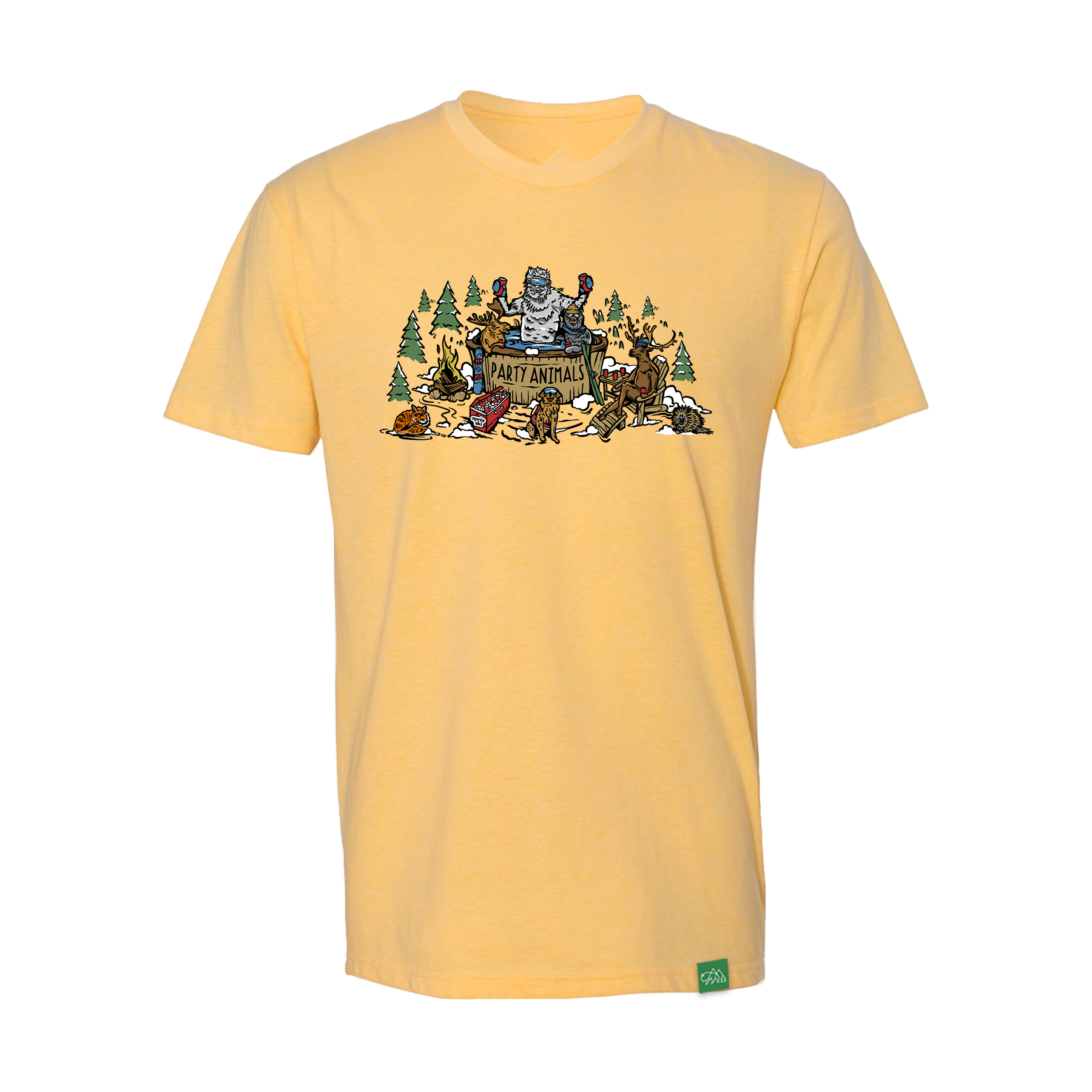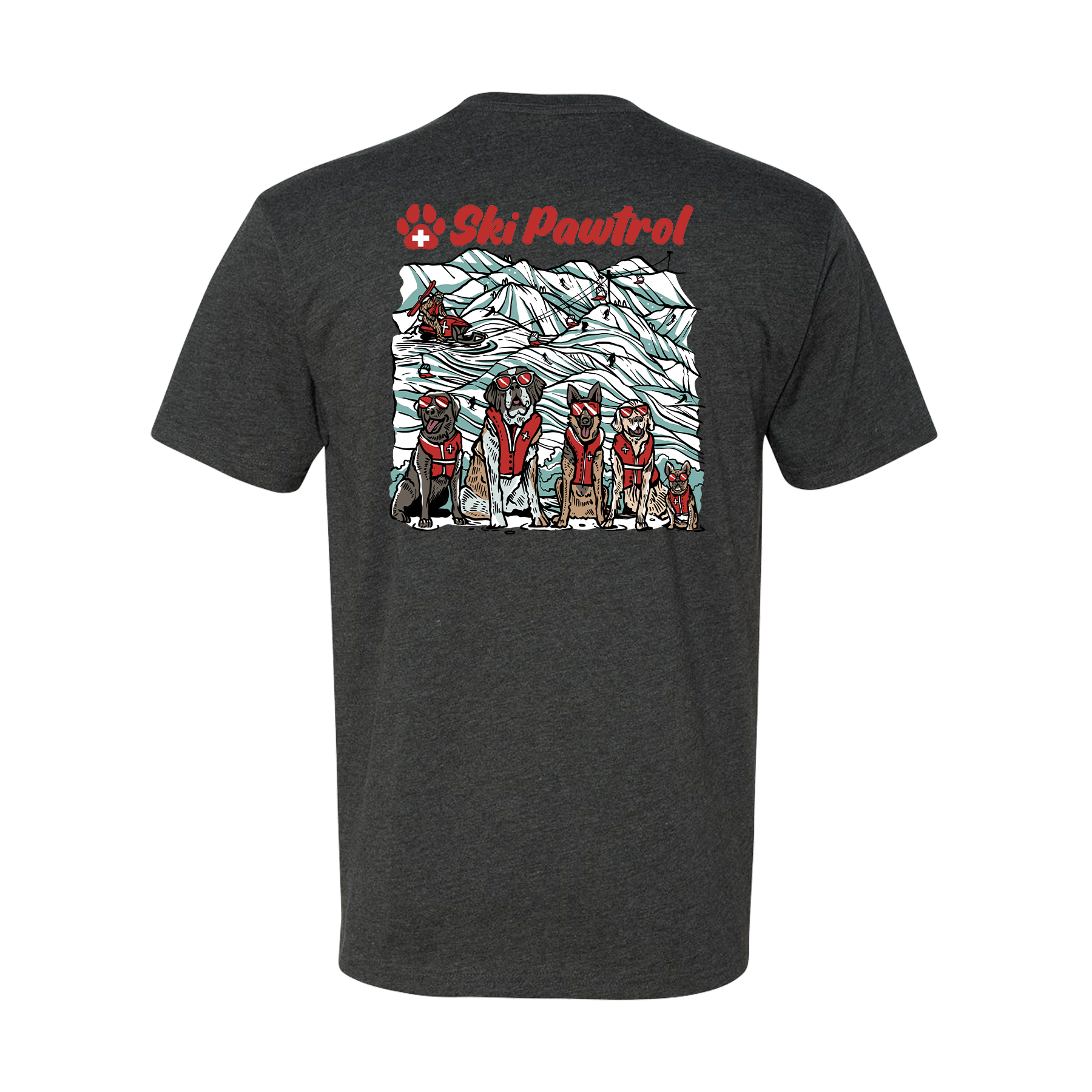Words by Jill Bridgeman, Glacier National Park Conservancy
The Man, the Myth, the Legend.
Born in Kiev, Ukraine, Vlad Kovalenko moved to the US at the age of 7 and grew up on the east coast before moving west to earn his Bachelor of Science from the Air Force Academy in Colorado Springs.
He began working seasonal field tech jobs for seven seasons throughout the Sierra Nevada and Northwest Montana, studying everything from whitebark pine to amphibians.

Vlad Kovalenko in Glacier National Park
After submitting an application for a wildlife tech position in Glacier National Park in 2018, Vlad quickly found his way to assisting Glacier Wildlife Biologist, Lisa Bate, with many projects in the park.
One of these projects includes the critical restoration efforts of Glacier’s keystone species, including the Clark’s Nutcracker, whitebark pine, and limber pine trees.
Your donations to the Glacier Conservancy are supporting the continuation of this study through Vlad’s graduate work, examining the relationship between these species and how to restore their populations to ensure ecosystem recovery.
Whitebark Pine and Limber Pine on the Edge of Collapse
Decades of exposure to white pine blister rust, a non-native disease that was introduced to North America in the early 1900s, has decimated whitebark pine populations in Glacier National Park, the Rocky Mountains, and high elevation regions across the northwestern United States and Canada.
White pine blister rust, in addition to other threats like fire exclusion and mountain pine beetle infestation, have placed whitebark pine and limber pine in danger of extinction.
“This study is important to establish whether our dwindling whitebark stands have a capacity to regenerate naturally, with the help of their avian mutualist, or whether they are too far gone and the bird has abandoned it,” Vlad comments
The “avian mutualist” he is referring to is, of course, the Clark’s Nutcracker. These birds are instrumental in the germination of whitebark pine and limber pine seeds. Reliant upon the trees for food, Clark’s Nutcrackers eat the seeds from the pines and then cache additional stashes of seeds for later. Forgotten seeds grow into new trees and contribute to the health of the greater ecosystem.
High in fat and protein, the seeds from these trees are also critical to the diets of many different animal species, including grizzly bears.
As the research continues in Glacier National Park, Vlad says, “the implications of these findings will influence the whitebark recovery strategy and affect the overall health of Glacier’s ecosystems for generations.”

A Clark's Nutcracker
Clark’s Nutcrackers and Their Incredible Memories
Weighing in at just several ounces, the Clark’s Nutcracker is a sizable prepper, capable of burying tens of thousands of pine seeds each summer. Incredibly, it is able to remember the locations of most seeds, but the seeds it forgets play a critical role in producing new forests. This relationship has allowed the Clark’s Nutcracker and pine species to evolve together over time, creating a truly harmonious relationship.
“I have always admired nutcrackers from my days of working with whitebark in the Sierra,” Vlad says. “They are loud, whimsical birds with lots of character and sass, and knowing of the crucial ecosystem service they provide makes them even more endearing.”
Perhaps what makes Clark’s Nutcrackers so unique is “their incredible spatial memory,” Vlad remarks. The bird’s memory “allows them to remember the locations of thousands of seed caches within their home ranges, which can span over 20 square kilometers.”
“Additionally, they are facultative migrants,” Vlad continues, “meaning that they stay or leave based on food availability. Thus, predicting whether they will stick around is difficult, particularly in an ecosystem as heavily impacted as Glacier’s.”

A group of Whitebark Pines, @Richard Sniezko, US Forest Service
What makes these species so important?
“Whitebark pine is a keystone species that supports much of the biodiversity in western subalpine ecosystems. The seeds alone are an important food source for as many as 19 animal species, including the threatened grizzly bear. The tree also is important in snowpack retention, supporting ecosystems downstream. This tree, unlike other North American pines, has seeds that are dispersed [by] a bird, the Clark’s nutcracker, rather than by the wind. The large seeds are produced in closed cones that the birds crack open and collect in a gular pouch. They then fly to a suitable clearing to cache the seeds for later recovery to feed themselves and nestlings. Unrecovered caches may germinate, and if they survive, provide new regeneration for whitebark pine forests. The tree does not regenerate without the bird, making it an obligate mutualist.”
– Vlad Kovalenko, University of Montana Graduate Student and Wildlife Technician in Glacier National Park
How You Can Help Glacier’s Clark Nutcrackers and Whitebark and Limber Pine
“One thing I would add is that we would love people hiking throughout the park, mainly the east side (when it opens) to keep their eyes and ears open and report nutcracker sightings, especially if nests and juveniles are found,” Vlad says.
Nutcracker nests are typically found in live or dead conifers, anywhere from 8-60 feet off the ground. The nests are round, made of twigs or sticks, and measure 8-12 inches wide and 4-9 inches deep. Unlike adults, juvenile Clark’s Nutcrackers do not have white markings on their faces and have shorter tails.
If you have Clark’s Nutcracker sightings to share, particularly nest sightings, visitors can email the GPS points or other location information – such as tree species, the height of the nest in the tree, nest status (building, eggs, nestlings), date located, and any other details – to vladimir.kovalenko@umontana.edu.
You can also help protect Glacier’s incredible ecosystems by making a donation today, sharing this blog post with a friend, or following the Glacier Conservancy on social media. We appreciate your support!
Your Support Makes A Difference
This project and many other critical projects would not be possible without your donations to the Glacier Conservancy. Learn more about how your support is making other projects possible in Glacier National Park.
Sources:
1. “All About Birds: Clark’s Nutcrackers.” The Cornell Lab of Ornithology, Cornell University, 2019. https://www.allaboutbirds.org/guide/Clarks_Nutcracker/overview
2. Ghost Forests. Produced by Breanna McCabe, Montana PBS, 2021. https://www.montanapbs.org/programs/ghost-forests/

